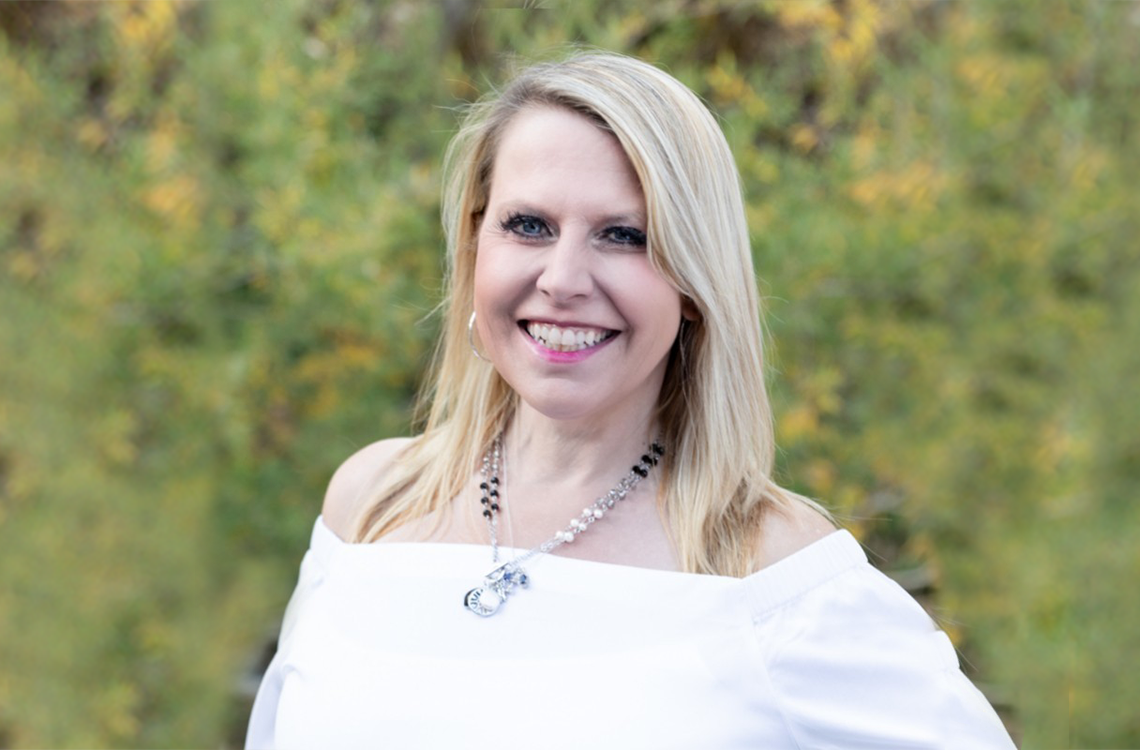The post-pandemic world demands a new normal and a new way of talent management. With the massive changes in how we do business unfolding, we need decisive leadership to pave the way for our employees. In this episode, Char Miller and Sam Reeve discuss the rapid changes the new normal is bringing to the world of business and talent management. We learn about the TMA method and how this will revolutionize talent management and HR practices. Tune in for more on how HR is disrupting the business world with new concepts for managing talent.
—
Talent Management In Today’s Post Pandemic World
I’m going to talk about talent strategy transformation. This is where the opportunity of looking at our past and traditional talent management strategies, looking at the fact that we are dealing as leaders and company executives with talent management chaos as far as how we’re managing our employees. Also, considering what should be our new talent management strategy relative to something that we call talent-based leadership. In this episode, what I’m going to talk about is, “How do you begin around your talent management strategy?”
Constantly, on Zoom calls, doing remote work, many of our employees are helping their children with homeschooling. Also, there are other environmental factors and threats out there that we’ve been hearing about. As a leader, how do you think about your talent management strategy in this new normal of leadership? How do you help your employees through this time of tremendous stress and anxiety, the catabolic-anabolic aspect that Krista was talking about? How do you help your employees through this challenging period?
For me, I like to use my own personal story. You have to lead in the chaos. For example, in my small genetics company of only about twenty employees and less, we had a complete talent management chaos, temporarily laying our staff, realizing some of our employees desperately needed the unemployment resources, seeking the funding that we needed, the PPP. Also, realizing that many of our employees are out there with no job, not necessarily understanding what their roles are and the fact that if I’m not paying them, I can’t treat them as an employee. It’s a bit of a chaotic state.
We, as leaders, need to be seen. We need to be relevant to these times. Share on XFor me, personally, I had to think about, “How do I transform my talent management strategies?” It’s funny because not only am I a business owner but I am also a talent management strategist. I have my own microcosm to apply these principles too. I had to consider a model in my own state. I liked this particular model because I do something that is called HR with a Heart. I have to tell you that we had a couple of meetings in my own company that did not feel that way where people were angry. They’re uptight, scared and fearful.
They don’t understand what kind of changes and realizing, like in my company, that we need to think about innovation. We needed to start getting some order to what’s happening in our talent management space and then having some idea of how to move forward. It’s called leading in the chaos. For example, our innovation is maybe we aren’t going to operate in malls anymore. Maybe we’re going to do more virtual opportunities like providing affordable healthcare or other technologies around genetic testing or maybe offer COVID-19 testing. We’ve had to become more
looking at that through the chaos.
Next is a traditional model that many small business owners have. We used to have workforce planning, competency, capability and talent acquisition. All of these buckets, I had a plan for before COVID-19 and all the changes started to happen. What I’ve had to do now is brush those off and reconsider all of those aspects around how is it that we’re going to align capability and competencies to the new normal with the fact that we’re doing social distancing and the fact that we’re doing things differently in the operational space in our physical locations. We are looking at how we’re going to reward and compensate our employees during this change.
I also want to give another story. I was standing in a boardroom with fourteen executives at a major healthcare system talking about talent strategy, workforce planning, capability, all of these topics. What was interesting is that the biggest pain point for our executive leaders was understanding how to drive patient outcomes and drive those key performance initiatives through capabilities and competencies.
It almost was a mystery because we had all of the disparate HR programs that were not aligning to driving employees’ talents and drives to drive that competency and capability and also not considering the environment. I left in 2016, but in reflection of that job now, my talent management focus is going to completely shift. If I was standing in that boardroom as I was back in that day, it would be completely upside down and a very different focus.
Let’s take a quick look at this. This is a talent management simple model. It was something that we’ve used here at CompTeam. Generally, you have top leadership at the top. You have support employees and then you have essential employees or basic workers. In my personal view, we need to flip this upside down. We need to think of it differently.
I was a talent management strategist of a big healthcare system as well as another healthcare system, which I won’t mention. A lot of times, we were planning leadership development conferences and deciding how you were going to focus on that top 10% of the organization. We were going to offer what we call succession management planning and focus on the development of those top 10%. At the same time, our executives were standing in front of what I call a whiteboard, literally identifying those that we needed to let go and those that we needed to retain in the top talent echelon.
On the next slide, we need to realize that during this time that this whole bureaucracy needs to change. Employees are saying, “I see, CEO, that you’re frustrated but I’m a healthcare provider. I’m an essential worker. I’m not feeling that my HR department or talent management department is speaking for me in the talent management space.” I call this being an HR disruptor. Something needs to change.
I’m not saying it has to be completely upside down but I’m saying that right now through this period, all of our employees are saying, “I matter just as much as the top 10%. I matter just as much as my leaders.” Executives must balance, at the little point at the bottom, talent-based leadership for all workers. That is so crucial at this particular time and that is going to completely adjust the way of our thinking.
Next, we want to talk about something that we want to present to you. We, with CompTeam, have something called the TMA Method. What I’m excited about that is that it can completely flip your different way of thinking about people strategy and how you’re acquiring your employees. We have to rehire our employees.
How are we going to re-onboard our employees, develop, retain, think about those that have been impacted and may need to leave the organization and how we’re going to provide outplacement? We need to think about motivating our employees so that they’re successful in their true nature. Can I put you on the spot, Sam, at this point? How would you describe this TMA concept that I’m introducing here?
We talked a lot, starting off with Gary about the importance of humanism, transparency and communication. The TMA Method is a way to get that real-time feedback from your workforce, constantly understanding where their strengths lie, what they are feeling now and how we can best develop and utilize those strengths in the work that they love to do. That’s the next piece. One thing in our new environment that we’re seeing is that the way we do work is changing rapidly. A lot of us are here on this forum and the way that we’ve interacted with people has changed.
That resonates well with some of our workforce and others that do not resonate well. Those that are not thriving in this new environment may need to look and see where they will be happier within the organization in utilizing their strengths and talents in a place that they may thrive in. The TMA Method is a way of discovering that.
Next, you’ll see that we need to be showing up differently as leaders. That is what I love what Gary Barnes was saying, “We, as leaders, need to be seen. We need to not have an agenda. We need to be relevant to these times.” It’s all about focusing on our talent and thinking about talent management strategy in a very different way and approaching it because, now more than ever, our employees are looking to you as a leader and watching how you’re going to respond differently in this time.

Talent Management: As a leader, how do you think about your talent management strategy in this new normal of leadership? How do you help your employees through this time of tremendous stress anxiety?
Next, we talk about talent-based leadership that our leaders need to focus around the team even if your team is working remotely and differently, to be focused around them. Also, understanding your employees and how they tick. Particularly, as employees are going through this change from Maslow’s Hierarchy of Needs as well as taking care of their children, family, mortgages and rents, understanding how employees tick in this time as far as how they’re going to re-return to work in the recovery.
Also, assuring that we have an understanding of everyone’s talents. If there are new competencies and capabilities that are needed, how are we going to address them? Also, how are we going to continue with professional social cohesion and develop our employees? We have a tool that is great for HR professionals, managers, entrepreneurs, psychologists, coaches, trainers, leaders, all different aspects, anybody who is utilizing anything in the space of supporting our talent in this time.
That is one thing that we have because talent management shows that talent-based leadership is our new normal. Either we are going back to the physical locations in the malls or coming up with new innovations and strategies to work more virtually. We all need to perhaps dust off the way we manage our talent in the past and bring it to the new day.
We need to think about motivating our employees so that they're successful in their true nature. Share on XNext, I’m going to talk about an example. One of my employees, her name is Susan. She doesn’t mind me mentioning this. She took this TMA Assessment prior to the epidemic. What’s interesting is that I learned from her assessment that she loves detail and structure. She likes everything to be very specific and not so random.
The interesting thing about my leadership style and those of you that may or may not know me, I’m more of a global thinker. I’m a strategist. I’m very innovative. I can’t even keep track of where my pen is sometimes but I’m also a planner and doer on a different type of arena. When I looked at her assessment and my assessment and realized, “Maybe we need to make some adaptions,” this was an excellent tool for us to talk about her interests, strengths, capabilities and how she would like to move forward working with me in this new day and reality.
Lastly, a lot of us are working at home. We’re working on our computers and managing with our family obligations, focusing now on not just HR programs and specific HR practices that some of us have done in the past such as performance management tools and the traditional aspects of hiring. We need to shake it up at this time because our employees are truly demanding that we do something different in the talent management space. That was mainly what I wanted to discuss. Sam, did you have any other follow-up comments?
The big part of this is staying close to our employees in our workforce, just like we stay close to our customers and clients in the field. It’s important for us to know how their lives are changing and how they’re growing and developing as a professional. With these tools, there are a lot of modern tools out there that allow us to do this.

Talent Management: In the new environment we’re seeing, the way we do work is changing rapidly. For those that are not thriving, we may need to look and see where they will be happier within the organization.
I know there are a lot of leaders and HR professionals that have heard of these different psychometric tools that are out there. One thing that the TMA Method does is it focuses on growth and coaching, competency growth and what you need as a company to drive your objectives and then understanding how to place people in roles that utilize their talents. That is important.
Thank you, Sam, for leading a lot of this effort with CompTeam’s sponsorship. It has been awesome as we’ve been building this.



